Introduction
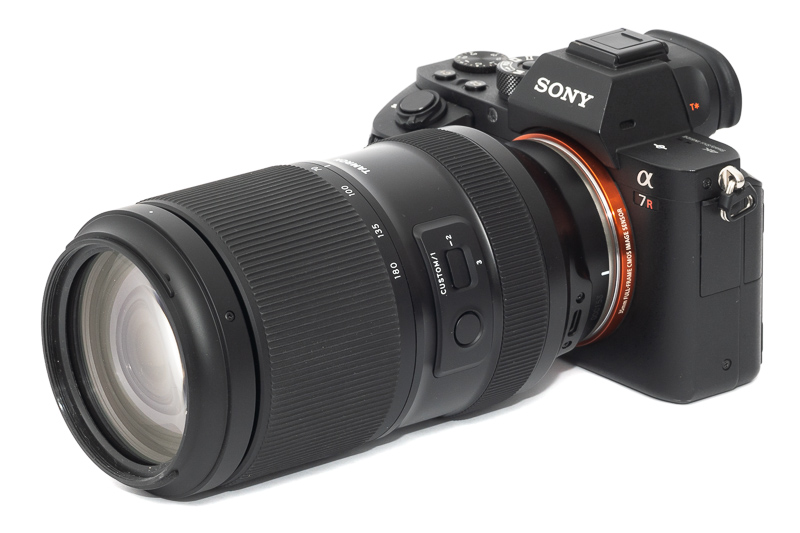
Just like the 28-75mm 2.8 before, Tamron now also updated its 70-180mm 2.8 lens. We already reviewed the previous lens here and we liked it. A lot actually – except for some handling unpleasantries. With the addition of a lens button and a customizable switch I expect great improvements here, but that is not all: Tamron also decided to upgrade the lens with an internal optical image stabilizer. Let’s have a closer look!
Sample Images
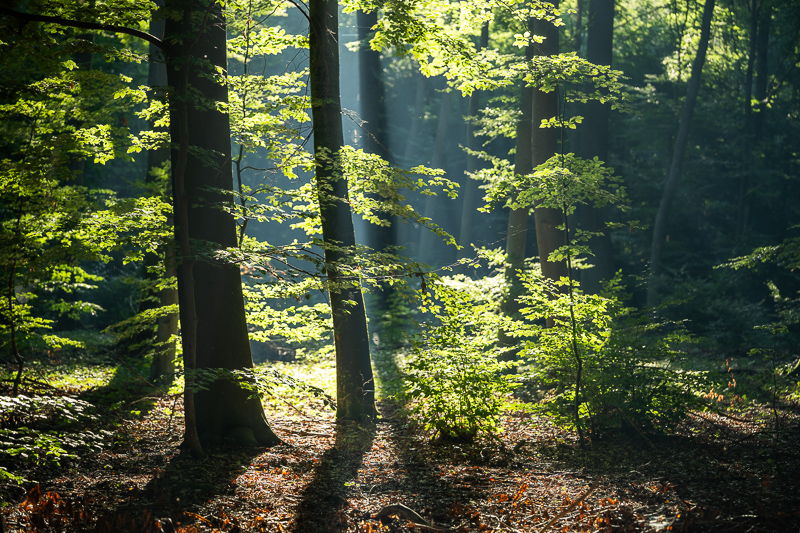

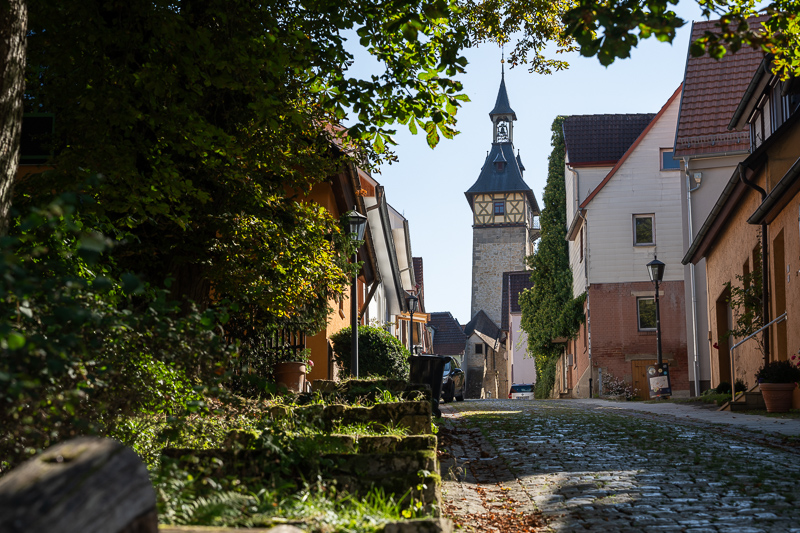
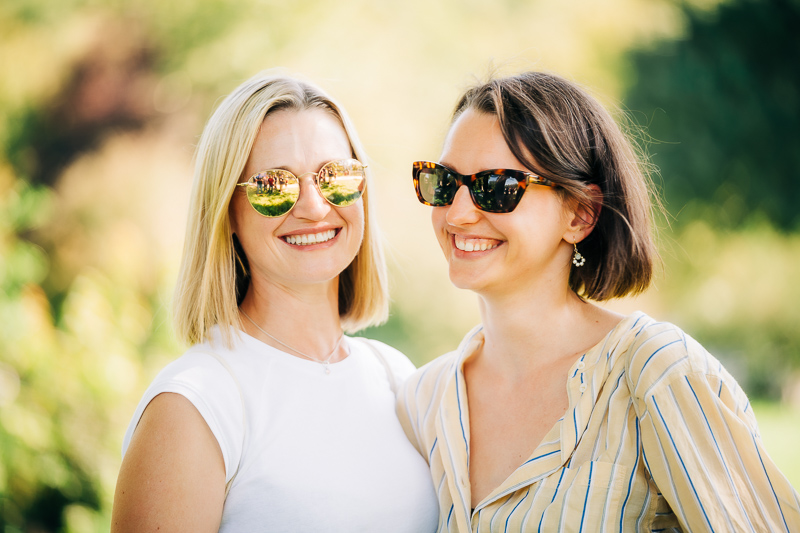

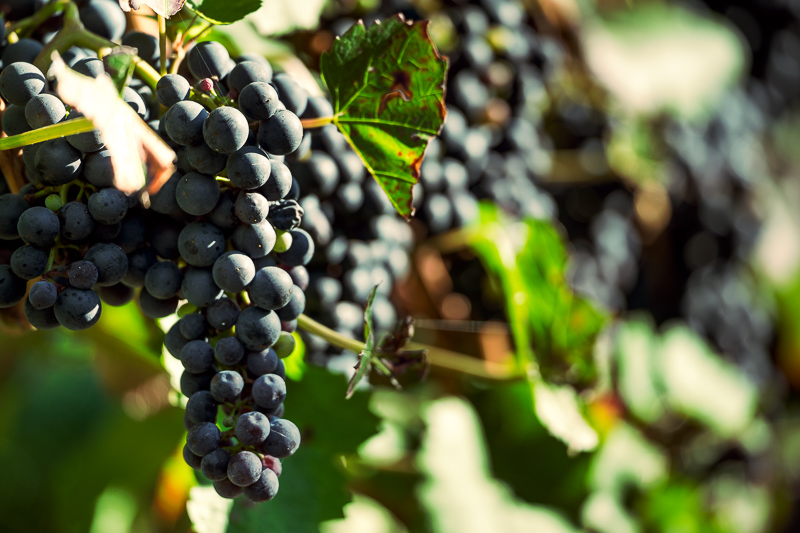
You can find most of the sample pictures in full resolution here.
Contents
Specifications / Version History
This is a review of the improved “G2” version of Tamron’s 70-180mm 2.8 lens. From the outside both lenses look very similar, but there are some notable differences:
| 70-180mm 2.8 Di III VC VXD G2 (new) | 70-180mm 2.8 Di III VXD (old) | |
| Diameter | 83mm | 81mm |
| Length | 156mm | 149mm |
| Filter Thread | 67mm | 67mm |
| Weight | 853g | 805g |
| Field of view | 13°42′ to 34°21′ | 13°42′ to 34°21′ |
| Max. Magnification | 1:2.6 (70mm) - 1:4.7 (180mm) | 1:2.0 (70mm) – 1:4.6 (180mm) |
| Min. focus distance from sensor | 0.30m (70mm) - 0.85m (180mm) | 0.27m (70mm) – 0.86m (180mm) |
| Number of aperture blades | 9 (rounded) | 9 (rounded) |
| Elements/ Groups | 20/15 | 19/14 |
| Optical image stabilizer | yes | no |
| Buttons and controls | custom switch, lens button, zoom lock button | zoom lock button |
| USB C port | yes | no |
buy from amazon.com | amazon.de | B&H | ebay.com | ebay.de (affiliate links) for $1299
Disclosure
The Tamron 70-180mm f/2.8 Di III VC VXD G2 was kindly provided free of charge by Tamron Europe/Germany for reviewing purpose for a duration of 2 weeks. We received an early production model (serial no 153) prior to the official release.
Handling / Build Quality
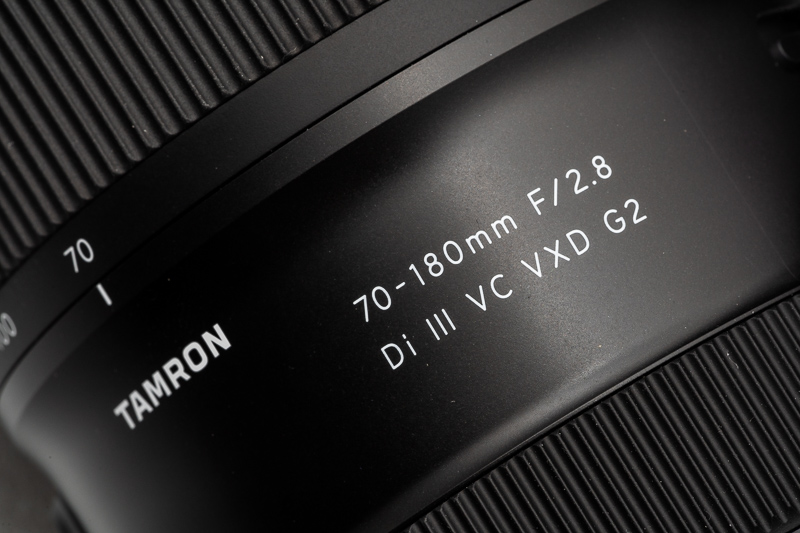
Actually, I had some issues with the first generation of this lens when it comes to handling as well as build quality. Already at first sight it looks like there have been the biggest improvements in this area, so let’s go through it.
The Tamron 70-180mm G2 features a mechanical zoom, the lens is shortest at its 70mm setting and extends by 2.7 cm when set to 180mm.
The arrangement of the focus ring (close to camera) and zoom ring (front) is similar to that of the Tamron 17-28mm 2.8 and Tamron 28-75mm 2.8. Good news, if you are using more than one of these. The zoom ring has a nice resistance and can be moved with one finger only, as was already the case for the predecessor.

One issue I had with the previous generation was the non-linear coupling of the by-wire focus ring. Now this improved version of the lens features an USB-C socket, making it compatible with Tamron’s lens utility. This utility allows to change the coupling from non linear to linear and also to set the necessary rotation from the minimum focus distance to infinity in 90° increments from 90° to 360°. If you want, you can also change the direction of rotation of the focus ring.

Another issue I had with the previous lens was the lack of an AF/MF switch. This new lens has a custom switch as well as a button, in combination this allows to program 3 different functions at once, these include AF/MF switch, focus limiter, preset focus, changing the function of the focus ring (setting aperture instead of focus) and using the button as “lens button” to do whatever you set for it in camera to do.
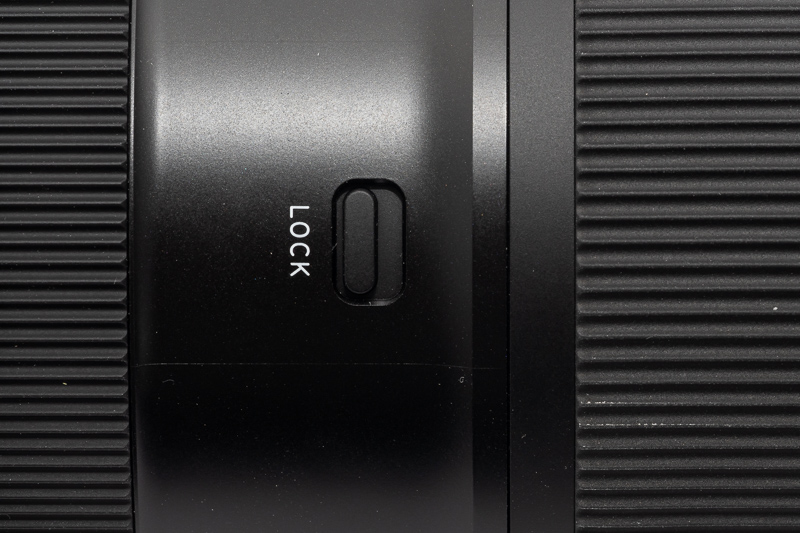
On the other side of the lens there is again a zoom lock lever for the 70mm setting. This sample did not exhibit zoom creep at all, but it may develope over time and then it is clearly nice to have.
Tamron also includes a hood that can be mounted reversed for transport.
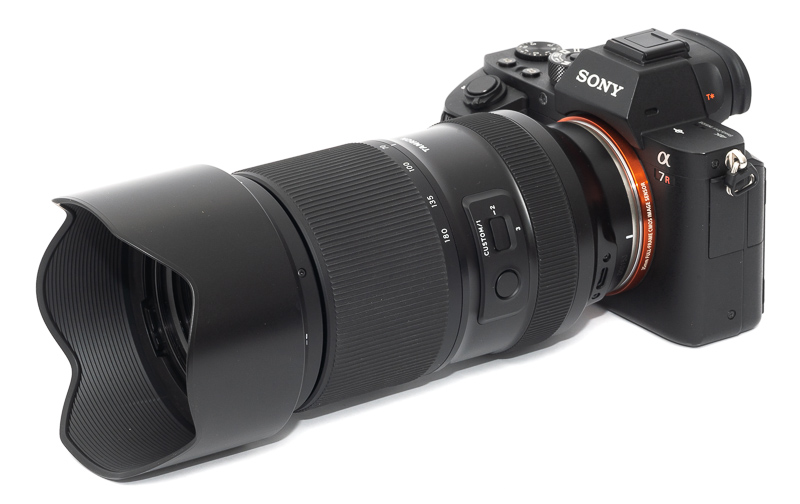
Generally this Mark II version feels nicer compared to the first generation, I think they used higher quality polycarbonate and also the tolerances seem to be tighter.
Tamron also says the lens features a “moisture-resistant construction” (including gasket at the bayonet) but you should be careful what you read into it. Being an extending zoom lens I am sure dust will still find its way inside and any losses or damage due to moisture/water do not seem to be covered by Tamron.
Autofocus
I am not shooting sports or fast moving animals/humans so if you want to know if the lens is fast enough for this or how it compares to other lenses in this segment you may have to look for a different review with a more detailed assessment of this aspect.
In everyday use I found the AF to be very fast, perfectly usable and also silent.
What really bothered me about the Mark I version of this lens was, that the AF did not work at all in close range scenarios at the 70mm end and one had to set the lens to MF for the high magnifications to be accessible. Luckily this is not the case anymore, the AF works at all available distances now.
Vignetting
Light Falloff
| 70mm | 180mm | |
|---|---|---|
| f/2.8 | 2.1 | 2.2 |
| f/4.0 | 1.2 | 1.5 |
| f/5.6 | 0.5 | 0.8 |
| f/8.0 | 0.4 | 0.5 |
The performance is very typical for a telezoom: noticeable vignetting at the maximum aperture, almost none stopped down by two stops. The vignetting at f/2.8 at the 180mm setting is a bit strong though, because the darkening already starts very close to the center of the frame.
The vignetting figures are very similar to the predecessor.
It is recommended to have a look at this article first to get an idea how this brightness graph works.
Optical vignetting
Fast lenses usually show a noticeable amount of optical vignetting, especially so the compact ones. Without going too much into technical details optical vignetting leads to the truncation of light circles towards the borders of the frame.
In the center of the frame almost every lens will render a perfect circle, but only lenses with very low optical vignetting will keep this shape in the corners.
So in the following comparison we move from the center (left) to the extreme corner (right) and see how the shape of the light circle changes.
Having a 67mm filter thread across most of their line up is one of Tamron’s design criteria for their E-mount lenses, but for a 180mm f/2.8 lens this is at the limit of what is physically needed. That means a high amount of optical vignetting at the long end was to be expected. Also at the short end this is noticeable though and the shapes in the corners are also a bit unnatural – not unusual for zoom lenses though.
We also see onion rings caused by the aspherical elements here.
The mostly vertical lines running through the circles are due to the glass I used as a mirror to take these pictures and are not a feature of the lens.
Sharpness
infinity (42mp Sony A7rII)
Generally the Tamron 70-180mm 2.8 G2 shows good sharpness at all focal lengths. Center and midframe show impeccable performance at all aperture settings from f/2.8. The corners do benefit from stopping down a bit and show peak performance around f/5.6.
Interestingly the 135mm setting was the worst on the previous lens, whereas this new version shows its best performance at this setting. We should not forget we are dealing with zoom lenses here though and those generally show higher sample variation than the best prime lenses.
In the field I found the high resolution and contrast up into the outer midframe area further adding to the subject separation capabilities of this lens.
I haven’t personally used Sony’s latest 70-200mm 2.8 GM II and 70-200mm 4.0 G II, so I cannot tell you in detail if one performs better than the other here.
At these distances heat haze and vibrations can have a big influence already at slightly longer shutter speeds (meaning when shooting stopped down to f/8.0 or further and especially at the long end).
close (42mp Sony A7rII)
70mm @ 0.30m
180mm @ 0.85m
This lens does focus close on both ends of the zoom range, but it offers a noticeably higher maximum magnification at the 70mm end (1:2.6) – this is slightly less than the predecessor, that offered a maximum magnification of 1:2. A comparison between the maximum magnification of both lenses at 70mm can be seen above. At the 180mm end the maximum magnification remained the same.
In terms of image quality the new lens does show some slight improvements over the old lens – at the 70mm as well as the 180mm end.
At 70mm the old lens showed one of the highest amounts of field curvature I have ever seen. With the reduction of the maximum magnification came a slight improvement here as well, but the field curvature is still really high.
If your subject is small and situated in the center, this may not bother you, but if you are shooting a flat subject the usefulness of these magnifications will be severly limited – even stopped down.
Distortion
The Tamron 70-180mm 2.8 G2 shows strong pincushion distortion across the whole zoom range. At the 70mm end the distortion is stronger compared to the predecessor as well as Sony’s latest Sony FE 70-200mm 4.0 Macro G OSS II, at the long end they all look similar to me.
The lens comes with correction profiles built-in, so the camera can already correct the distortion for Jpegs. When I reviewed the lens there was no profile in Lightroom available. As the distortion is mostly uniform it can be corrected by dialing in the values mentioned above.
Sunstars
70mm
180mm
In my experience, the longer the focal length of your lens, the more unlikely you are to encounter sunstars in your pictures. Nevertheless 70mm may still be used for more intimate cityscapes or landscapes with the sun on the edge of a mountain, so we have a close look here.
Due to 9 rounded aperture blades the sunstars are not very pronounced in the first place, but is seems the alignment of the aperture blades of this sample is really good, as the length of the rays and distance to each other is very even, especially when dealing with smaller, farther away light sources.
As this is a highly subjective topic may have a look at this article to see which kind of sunstars you prefer.
I hardly see any differences compared to the first generation of the Tamron 70-180mm 2.8 here.
Coma correction
70mm
100% crops from extreme corner, A7rII
180mm
100% crops from extreme corner, A7rII
There are some slight coma artefacts visible at f/2.8 at the 70mm setting, apart from that this aberration is corrected really well.
Bokeh
The classic 70/80-180/200mm f/2.8 lenses have often been the primary choice of those portrait photographers, that are willing to give up some subject separation capabilties – compared to e.g. an 85mm 1.8 or 135mm 1.8 lens – for a lot of added one-lens-flexibility.
Close distance

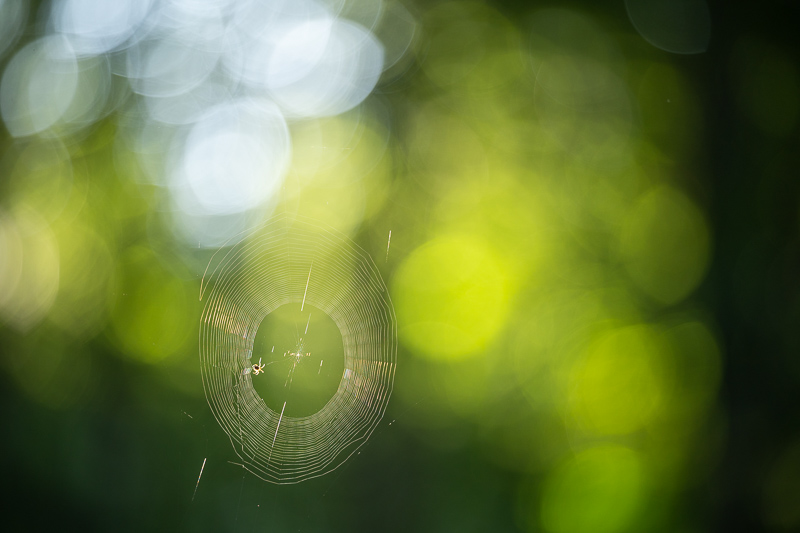


Despite the different minimum focus distances and maximum magnifications, both ends of the zoom range allow for a high amount of subject separation.
The field is a bit flatter at the 180mm end, so I prefered to use that setting for close-up pictures, but that being said the 70mm end also allows for some impressive results thanks to the macro-like 1:2.6 magnification.
Optical vignetting (cat’s eyes) is always visible in these scenarios, but comparable to other lenses of these focal lengths.
Mid distance




I think these samples show why fast telezooms are often used by portrait photographers: without having to even move you can zoom from half-body to head-and-shoulder portraits.
The last picture of the water pump is a bit of a worst-case scenario for this lens: the background isn’t far behind the subject so that the background overlaps with the transition zone and here things get a bit busier than I like.
Generally I can’t complain about the bokeh rendering of this lens, especially for typical portrait applications. That being said faster portrait lens specialists like e.g. the Sony FE 85mm 1.4 GM or the 135mm 1.8 to 2.0 lenses do of course offer even more impressive bokeh rendering, without a direct comparison this will be hardly noticeable to almost anyone though.
Long distance
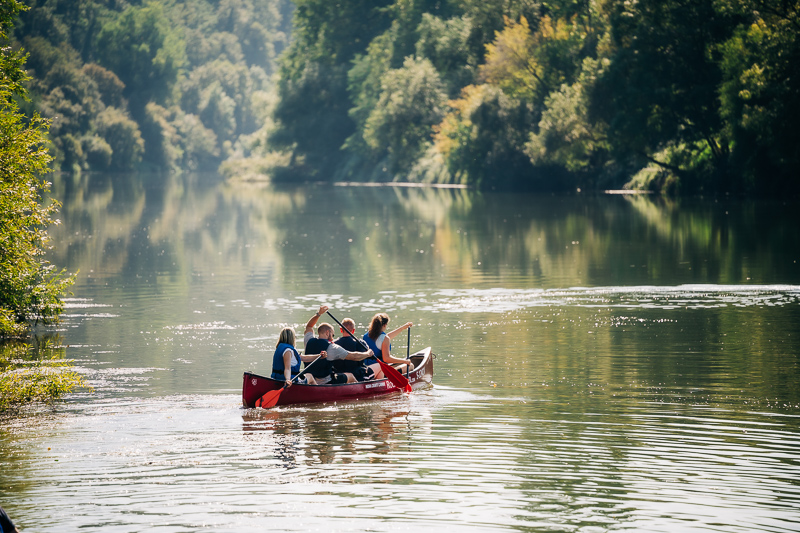



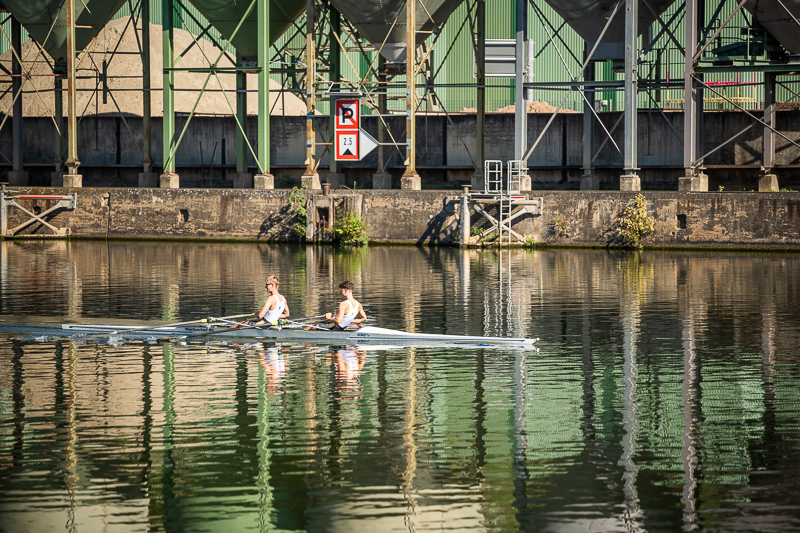
The strength of fast tele lenses is the ability to separate even big objects – like the canoe in the first picture – from the background. Of course it is important to pay attention to the distance relations in the scene: in the last picture the canoe is too close to the background, so at normal viewing distances that background will not really appear out of focus.
At the end of the day, I was really happy with the rendering of out of focus areas of this lens.
Flare resistance
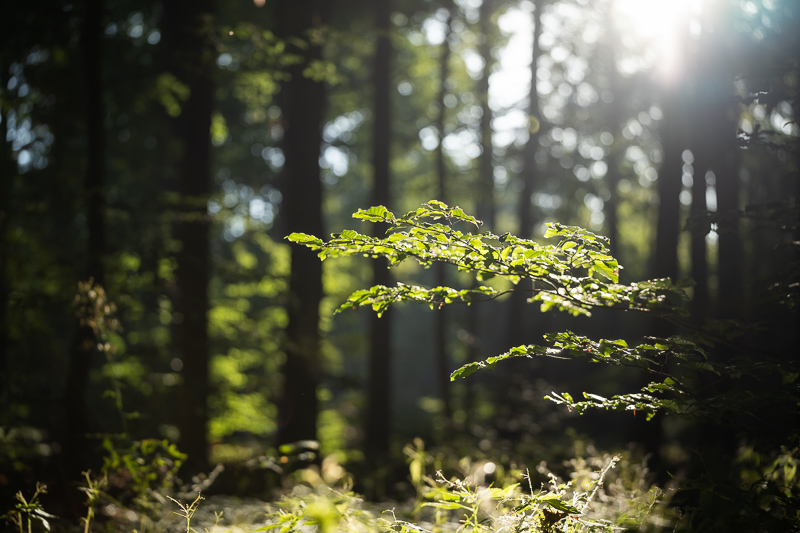
Flare resistance is generally good. Contrast remains high with the sun directly in the frame, the amount of ghostings is in line with what is to be expected from a zoom lens with so many elements.
The lens has a rarther strong vulnerability to veiling flare – like pretty much all longer lenses. Therefore it may be a good idea to use the lens hood whenever possible, not like I did here:
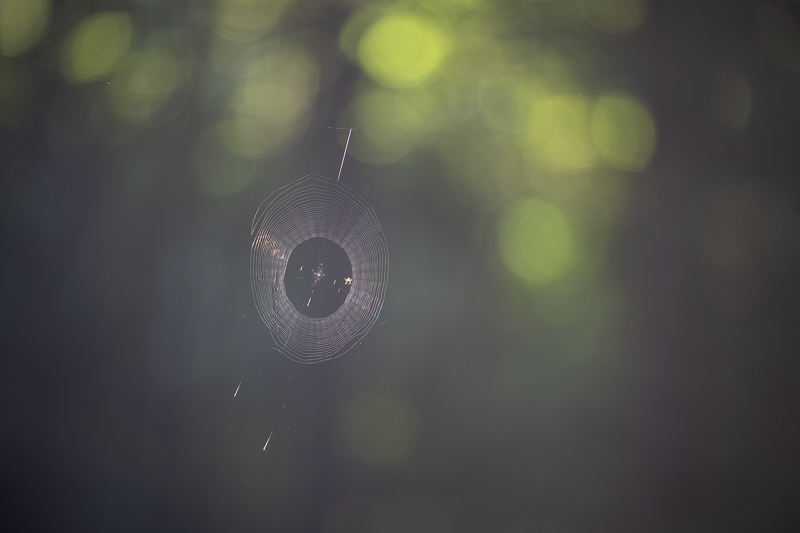
Chromatic aberrations
Lateral
The Tamron 70-180mm 2.8 G2 features a built-in profile for correcting lateral CA which is automatically applied in Lightroom/CameraRaw and cannot be turned off there.
Unless you are using a raw converter that cannot interpret the correction data you will not see any lateral CA in your images.
Longitudinal
The correction of longitudinal CA is really good, over most parts of the frame perfectly even. There are only a few scenarios where some slight loCA were visible close to the edges of the frame in extreme scenarios, but this will rarely be something to ruin your pictures:

At the end of the day this lens would deserve an Apo tag way more than many other lenses that do come with one.
Conclusion
good
|
average
|
not good
|
I never had an issue with the optical performance of the first generation Tamron 70-180mm 2.8 Di III VXD. It was more than sharp enough for any application I could think of for a lens like that, with nice bokeh, very good CA correction with a versatile minimum focus distance in a compact and affordable package. All of this still holds true for this second generation Tamron 70-180mm 2.8 Di III VC VXD G2.
Now what I didn’t like about the first generation lens: the lack of any buttons, the non-linear coupling of the focus ring, that AF wasn’t available at closer distances and the usage of slightly “cheap” materials for the casing.
I couldn’t be more happy to report, that all of my points of criticism have been addressed with this second generation: we got customizable buttons, linear manual focus coupling (also customizable), AF throughout the whole distance range and nicer materials for the casing. And even an in lens stabilizer for more effective stabilization at the long end has been added.
If I had a small child that I would like to take pictures of at the local playground, or a bigger child that I would like to take pictures of during school plays, sports or other events, this is the lens I would personally get for the task.
A worthy update that made an already great lens even better.
buy from amazon.com | amazon.de | B&H | ebay.com | ebay.de (affiliate links) for $1299
Alternatives
Tamron 70-180mm 2.8 Di III VXD:
I already compared these two lenses throughout this review. If you don’t care about the improvements (mainly buttons, in lens stabilizer and build quality) the old one is still a great lens if you can get it much cheaper than the new one. For roughly the same price there is no reason to still get the old one.
buy from amazon.com | amazon.de | B&H | ebay.com | ebay.de (affiliate links) for $1099
Sony FE 70-200mm 2.8 GM OSS II:
Sony improved a lot on its lackluster first generation 70-200mm 2.8 when they came up with this one, as it has become a worthy flagship fast telezoom. It comes at a very substantial price though and I am pretty sure most people will be just as happy with this Tamron lens instead.
If however you are mainly shooting sports and you need the most reliable tracking on your Sony A9II or A1 this is the lens to get – if you can and want to afford it.
buy from B&H | ebay.com (affiliate links) for $2798
Sony FE 70-200mm 2.8 GM OSS:
I cannot really recommend this lens, it was never as good as the price suggested, the successor being a much better lens makes this more clear than ever.
buy from amazon.com | amazon.de | ebay for $2598 (affiliate links)
Sony FE 70-200mm 4.0 G Macro OSS II:
This Sony lens is one stop slower and only 50g lighter. It does focus a bit closer offering a 1:2 magnification. I haven’t personally used this lens, I would be curious to find out if the Sony lens shows less field curvature at its 1:2 magnification.
I would also expect the AF to offer better performance in extreme scenarios. Personally – not shooting sports – I would go for the faster Tamron lens and save some money in the process.
buy from amazon.com | amazon.de | ebay.com | B&H for $1698 (affiliate links)
Sony FE 70-200mm 4.0 G OSS:
Compared to the first generation Tamron the only arguments to go for the Sony lens – except for being 20mm longer – were because of its buttons and the built in stabilizer. Yeah, you already guessed it, I see no reason to get the Mark I Sony 70-200 4.0 over this Mark II Tamron 70-180mm 2.8.
buy from amazon.com | amazon.de | ebay | B&H for $1398 (affiliate links)
Sample images

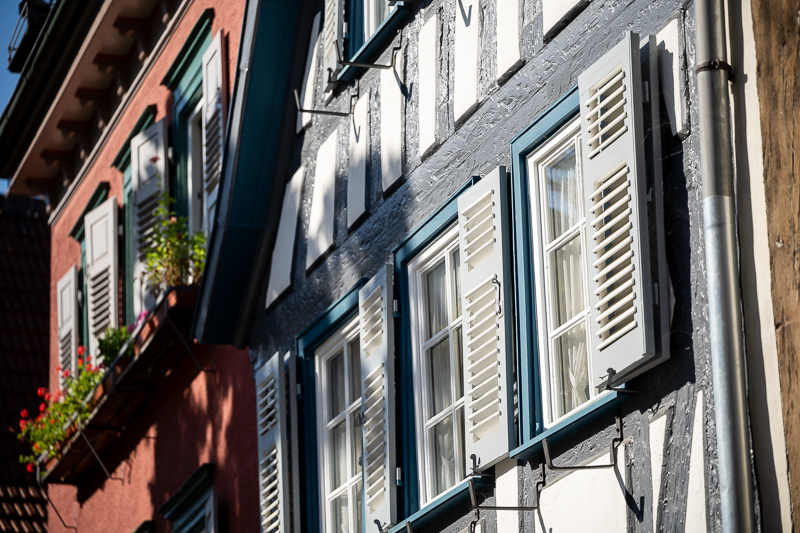


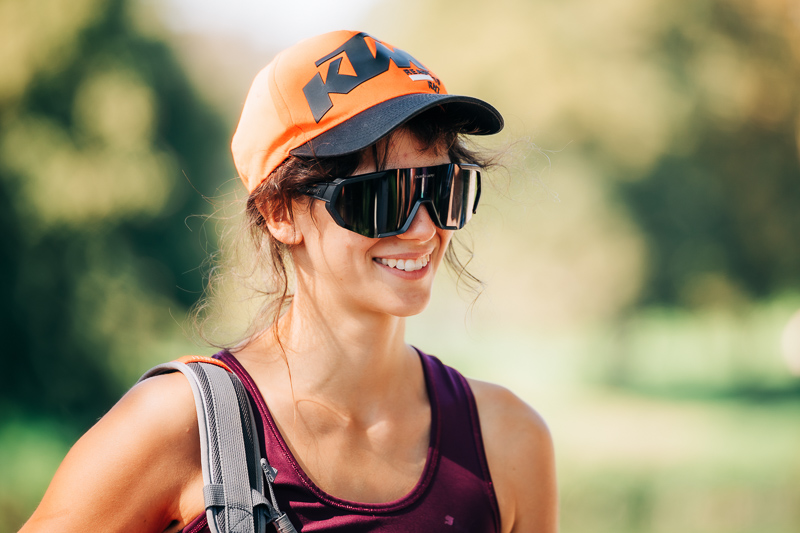

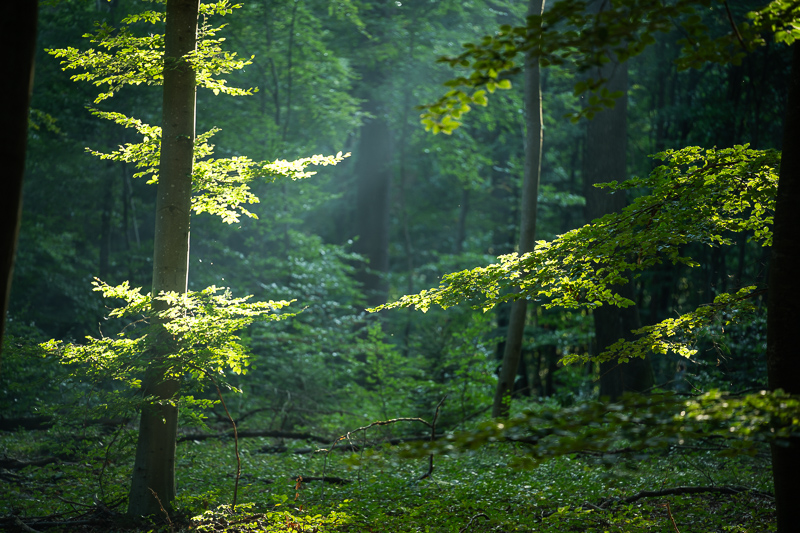
You can find most of the sample pictures in full resolution here.
Further Reading
- Guide to Portrait lenses for Sony FE
- Technical Knowledge
- Review: Tamron 17-28mm 2.8 Di III RXD
- Review: Sigma 35mm 1.2 Art DG DN
- Discuss this review with our Discord community
Support Us
Did you find this article useful or just liked reading it? Treat us to a coffee!
![]()
![]()
![]() via Paypal
via Paypal
This site contains affiliate links. If you make a purchase using any of the links marked as affiliate links, I may receive a small commission at no additional cost to you. This helps support the creation of future content.
Latest posts by BastianK (see all)
- Review: Nikon AF-S 24mm 1.8G - October 7, 2025
- Review: Samyang Remaster Slim 21mm 3.5 | 28mm 3.5 | 32mm 2.8 - October 5, 2025
- Review: Mr. Ding Optics 35mm 1.8 Pactcron - September 28, 2025
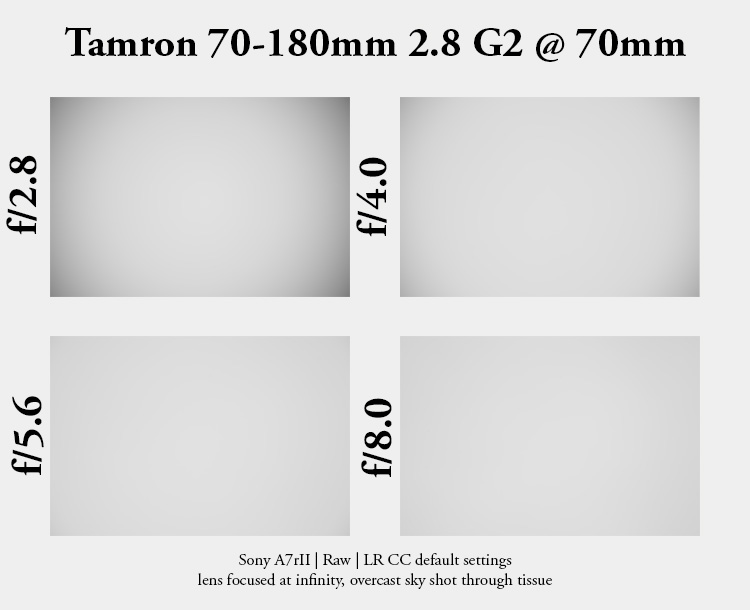
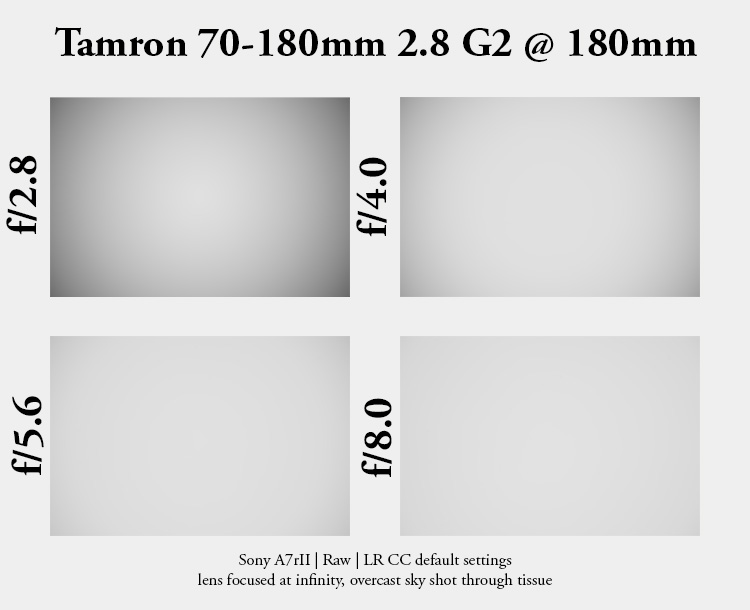
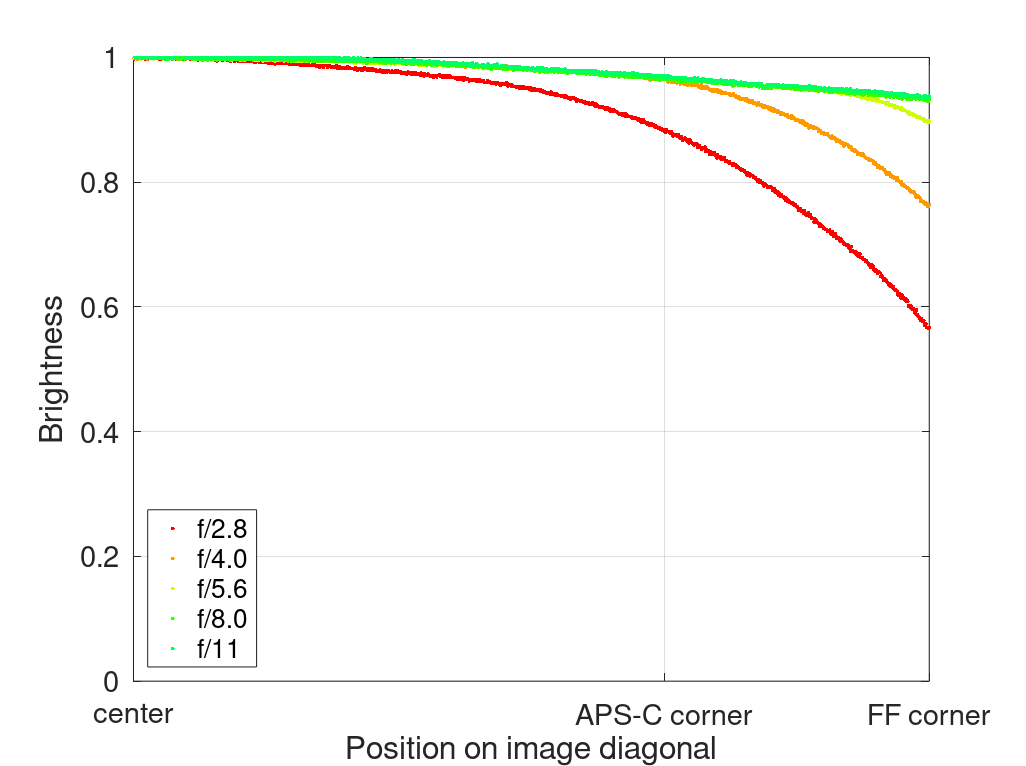





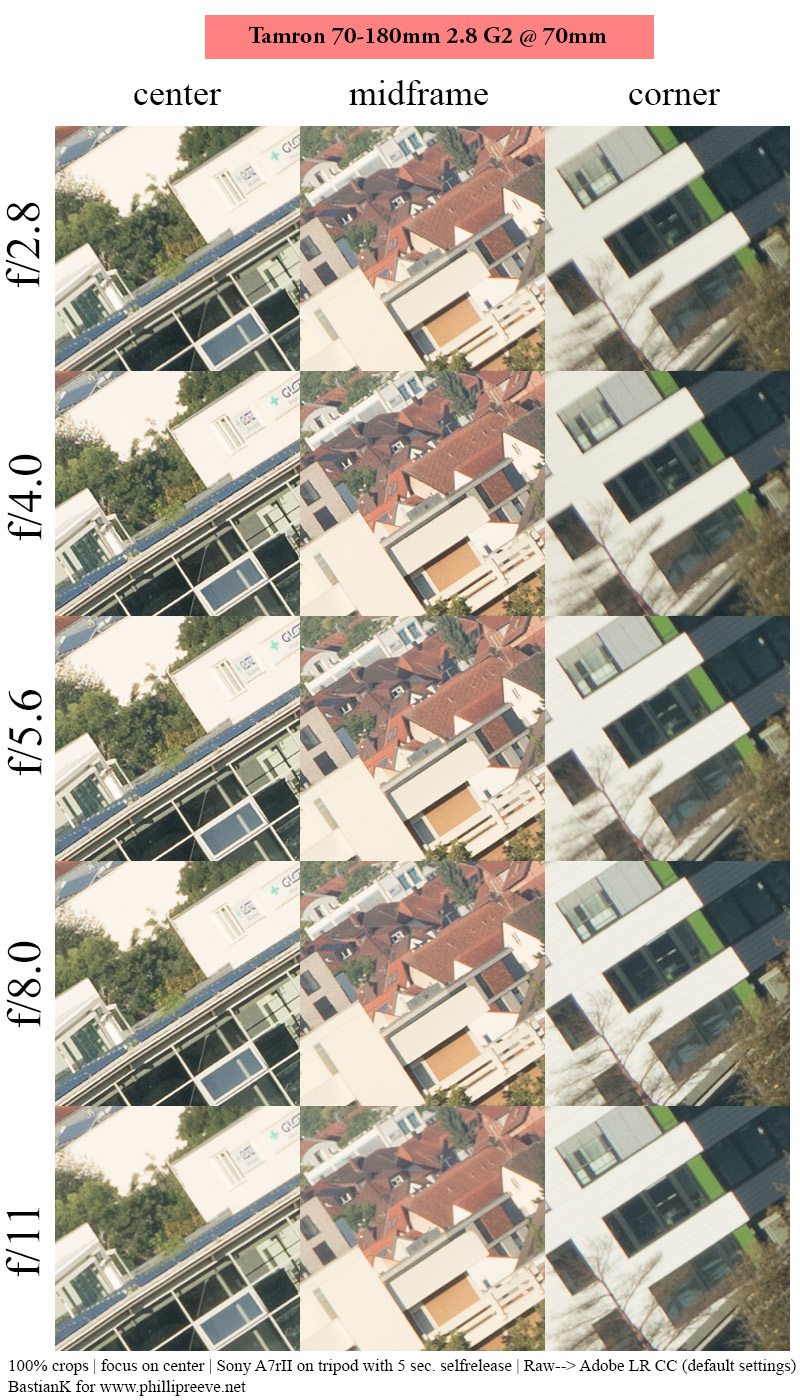
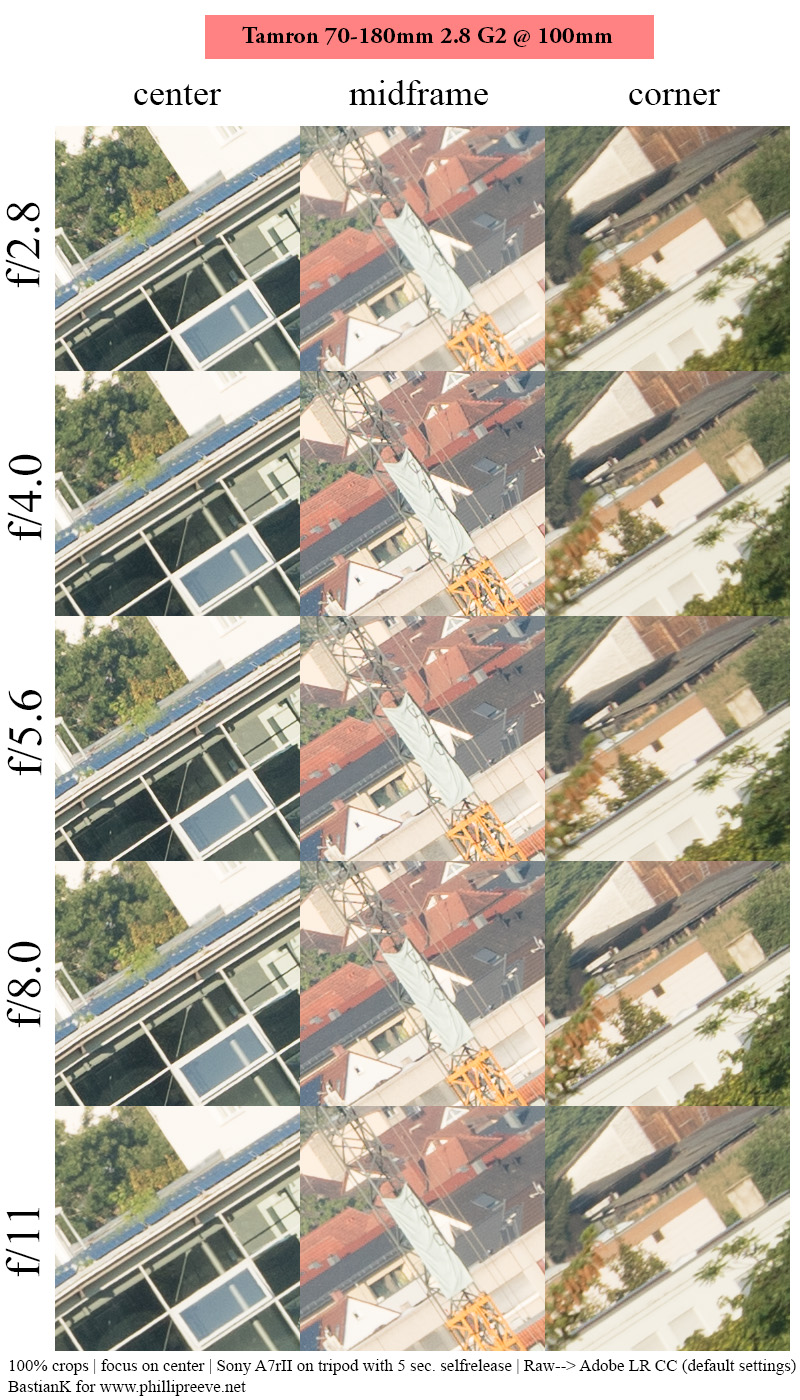
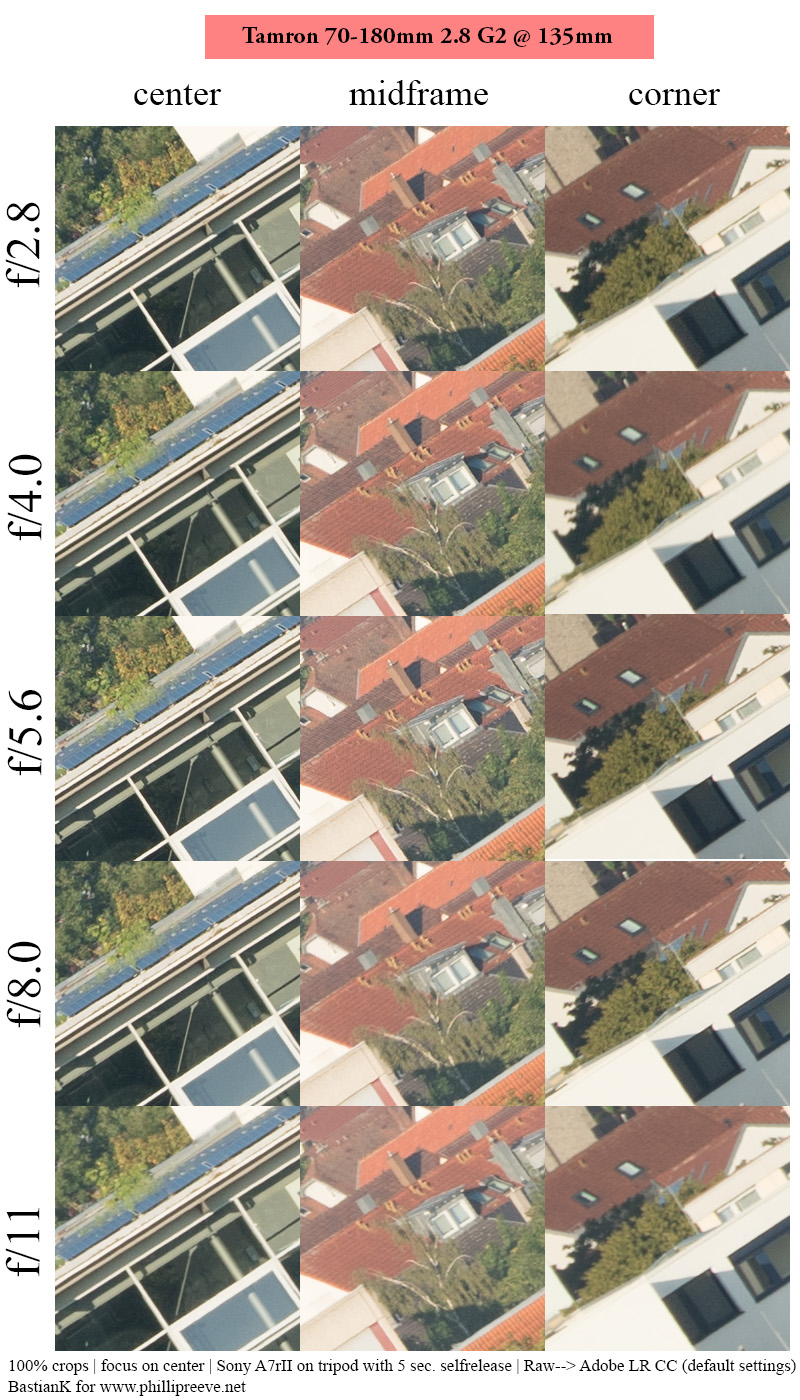











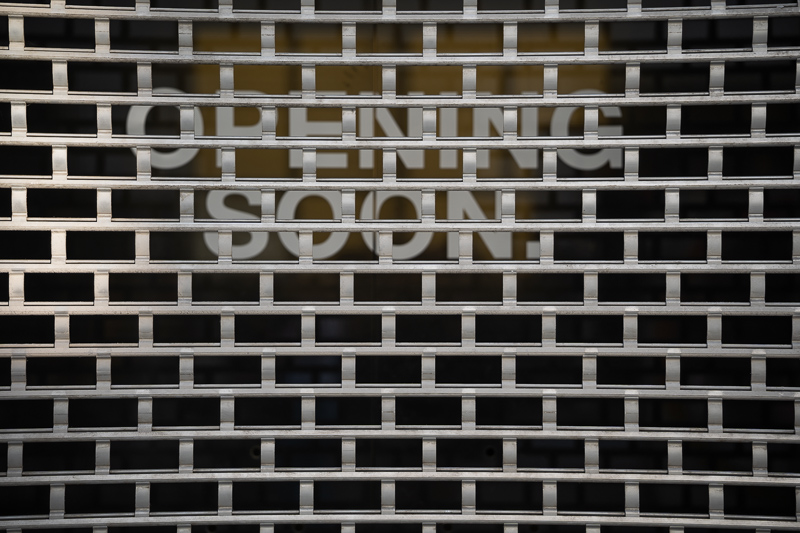
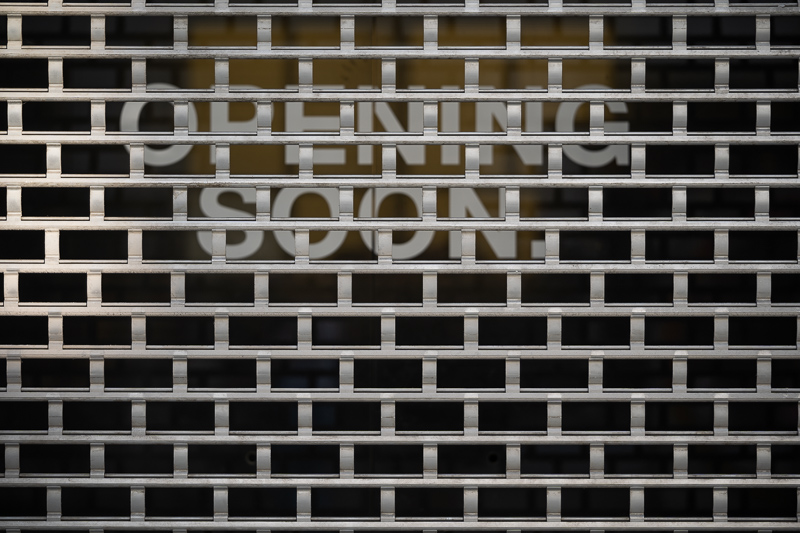
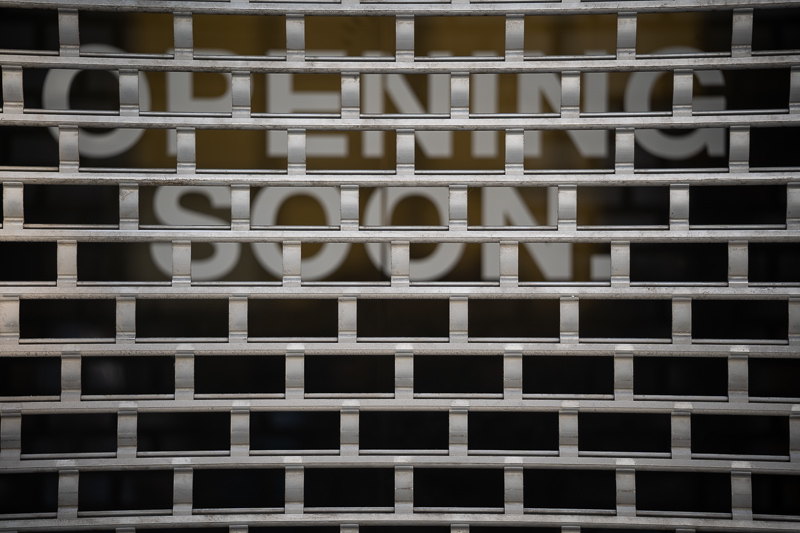
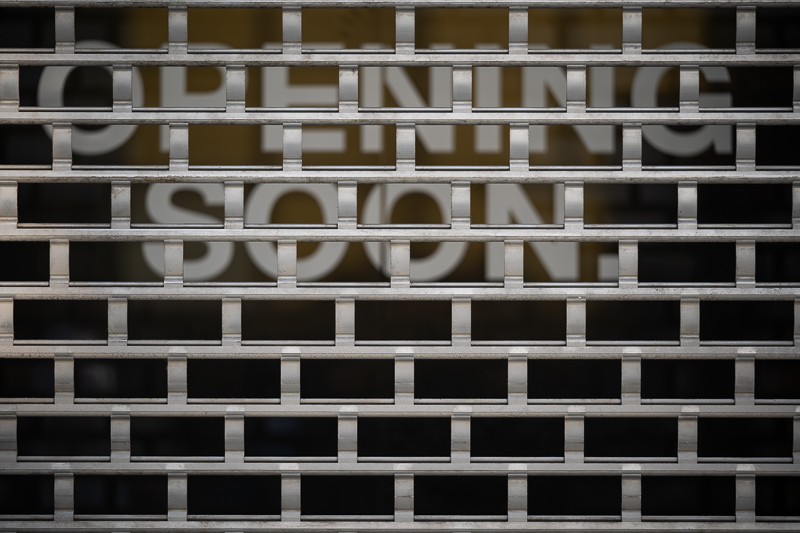
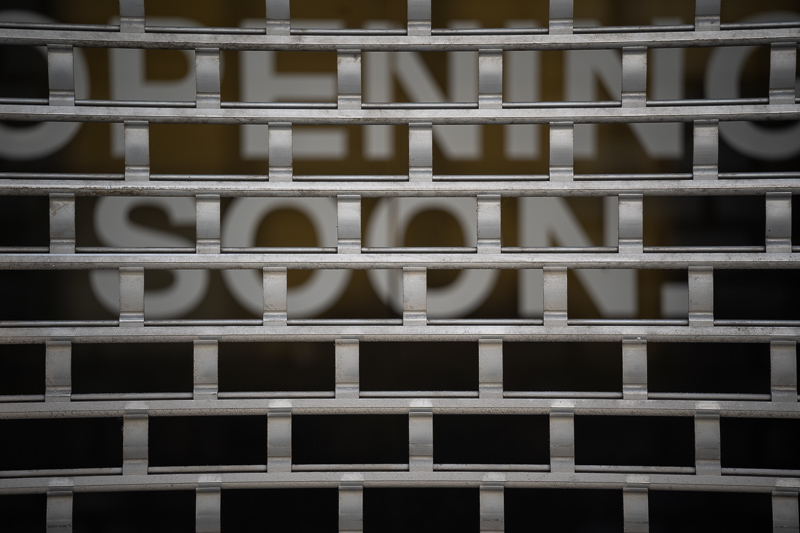
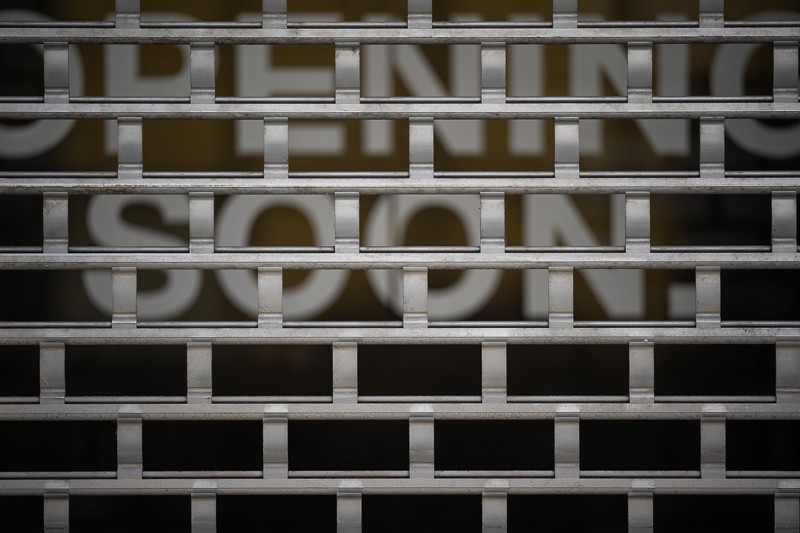

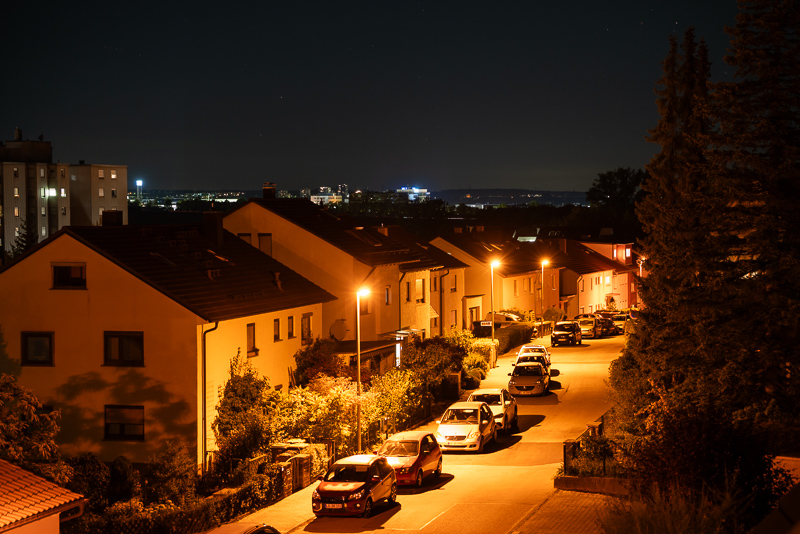

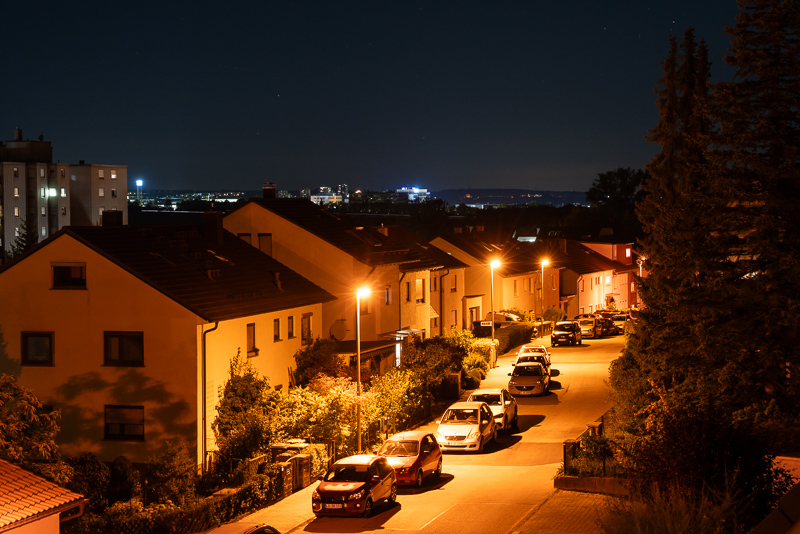
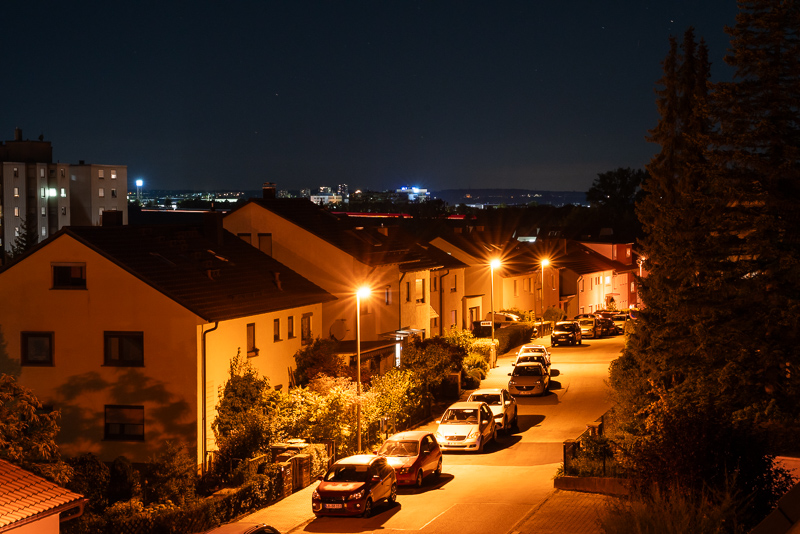
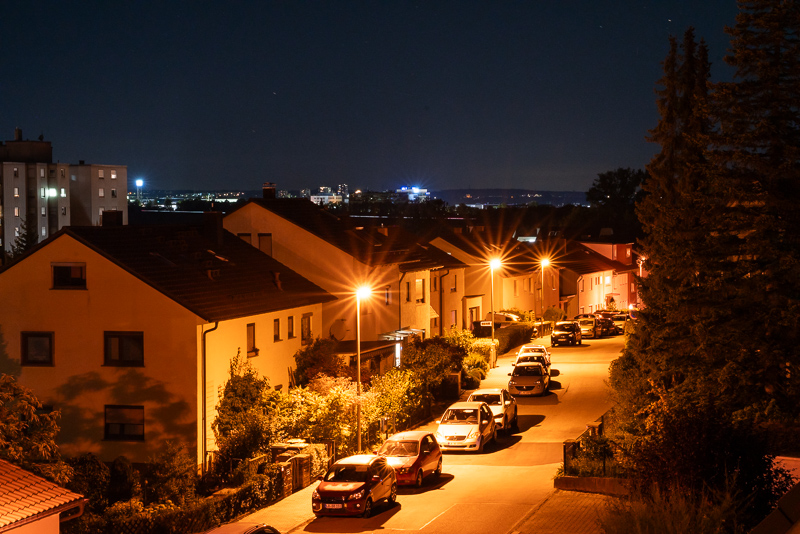
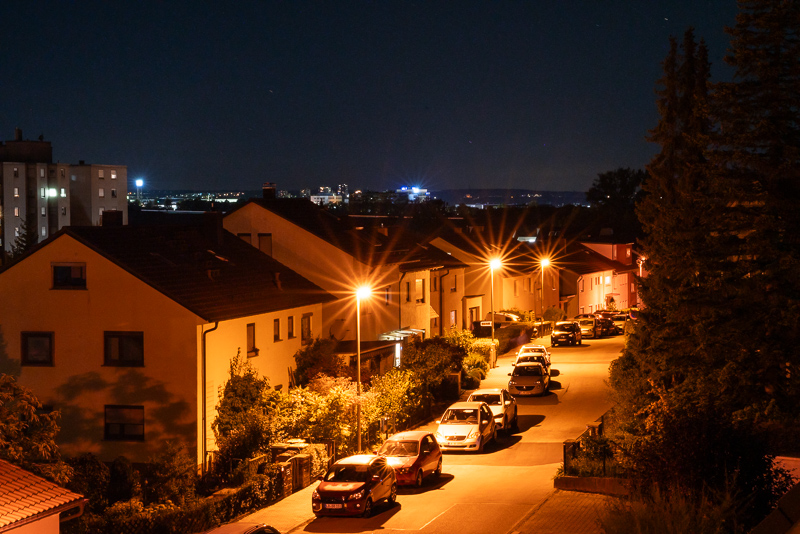
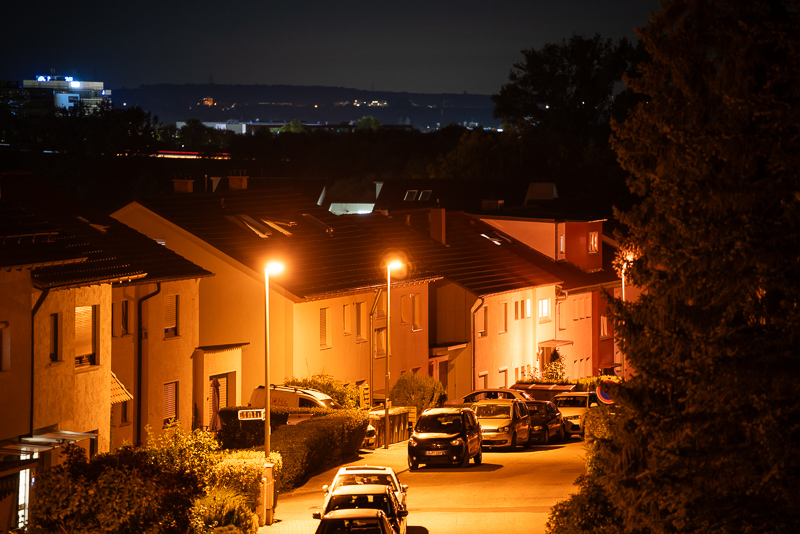
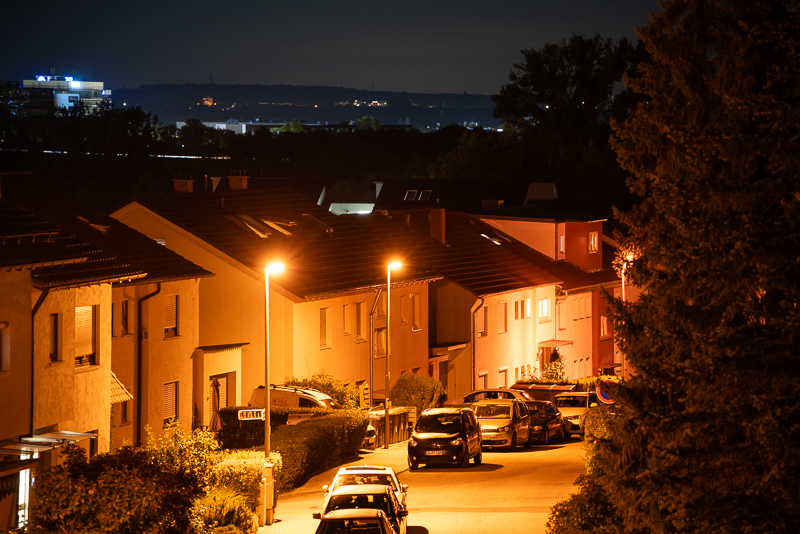
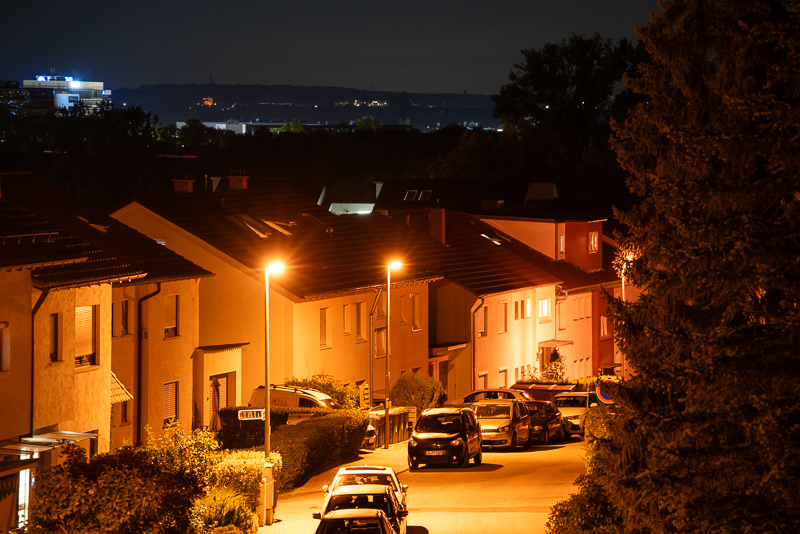




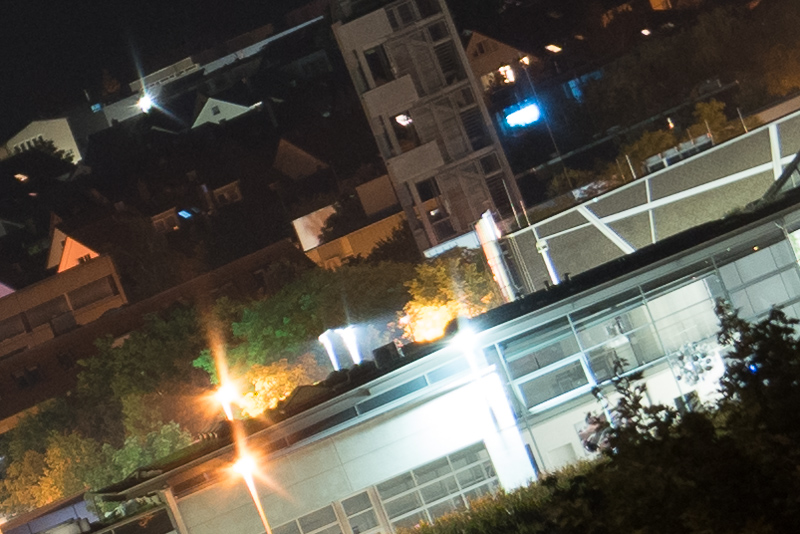
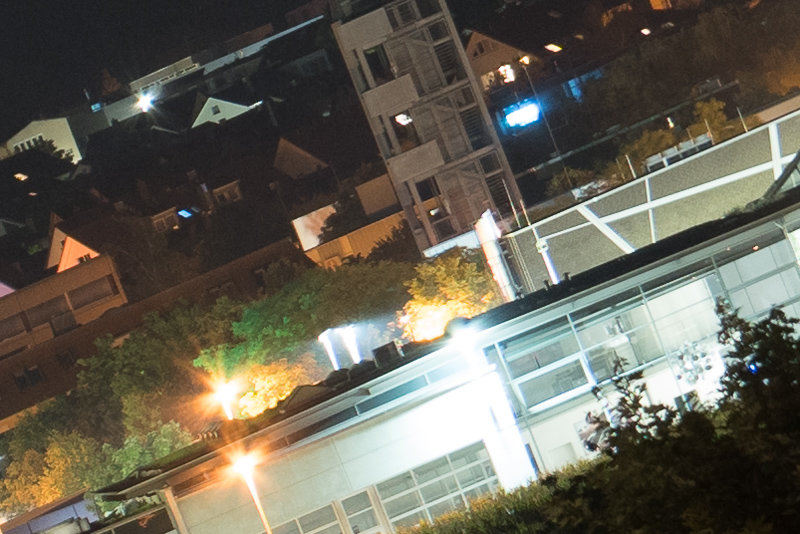
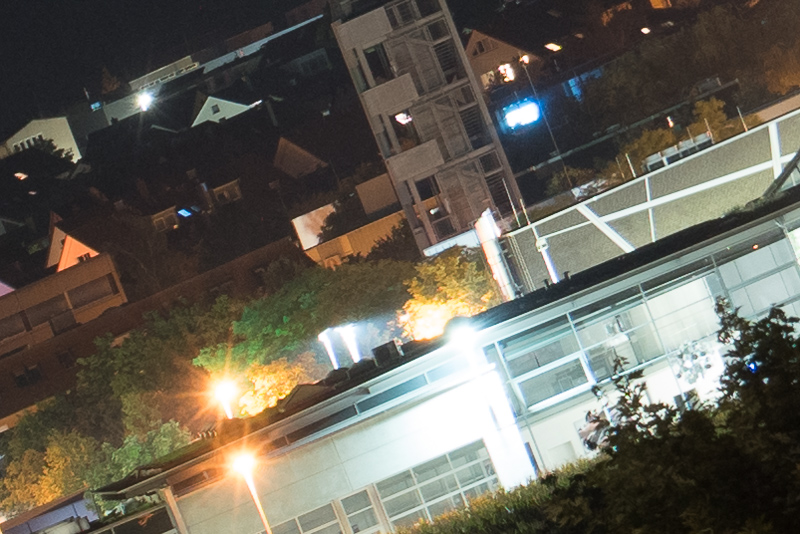
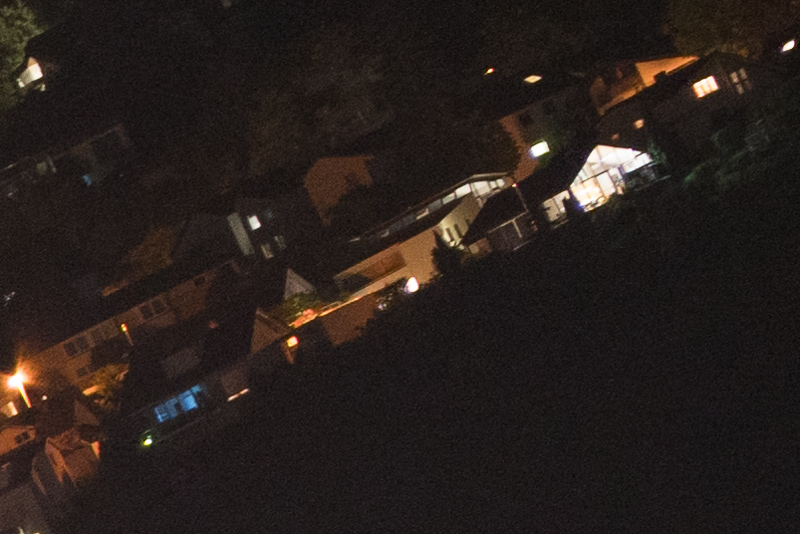
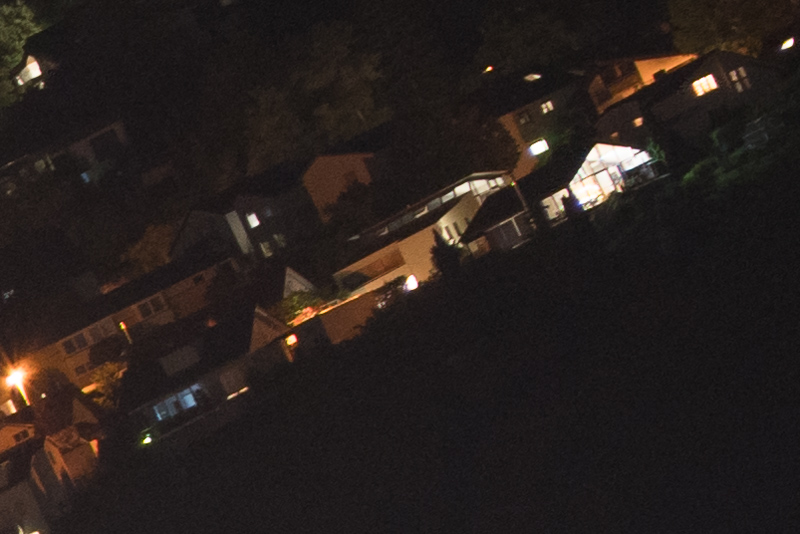

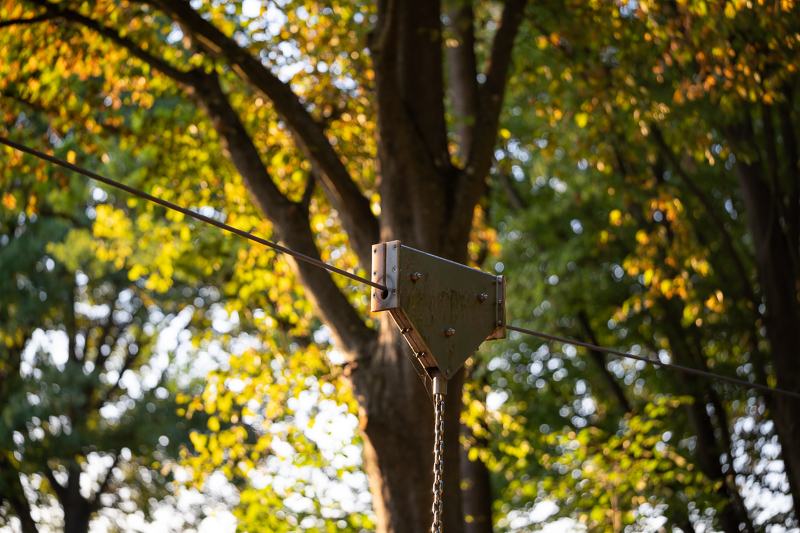
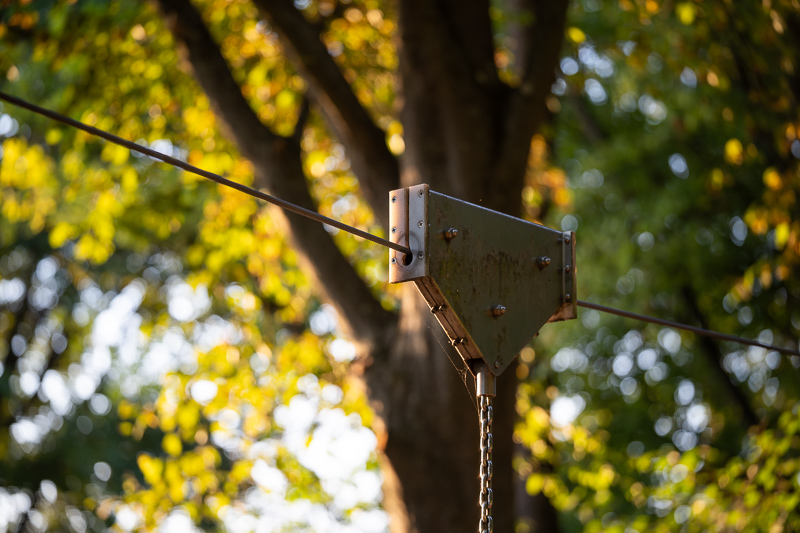
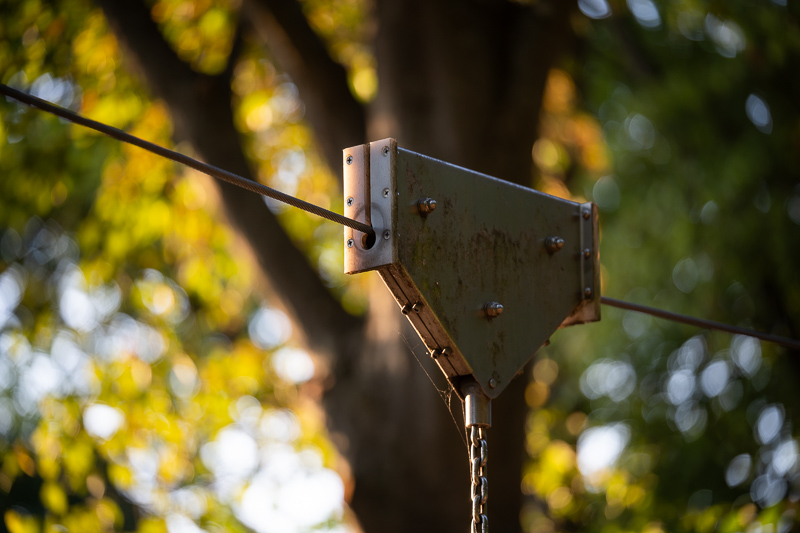

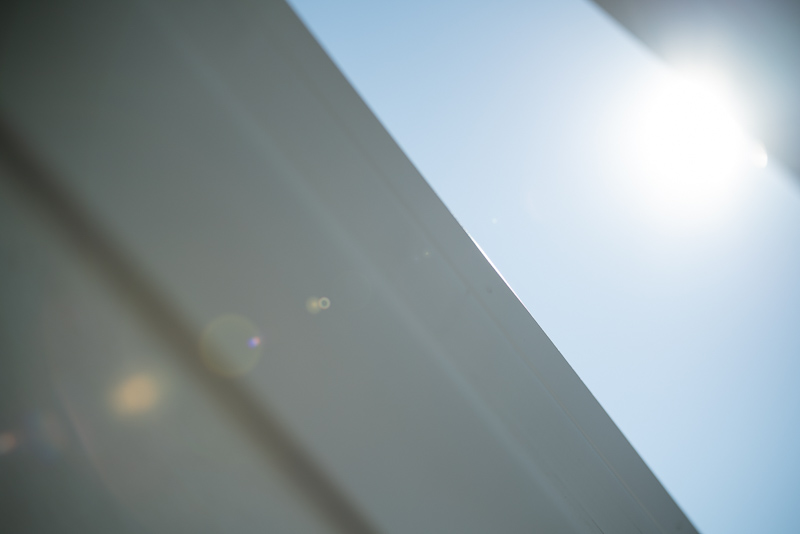
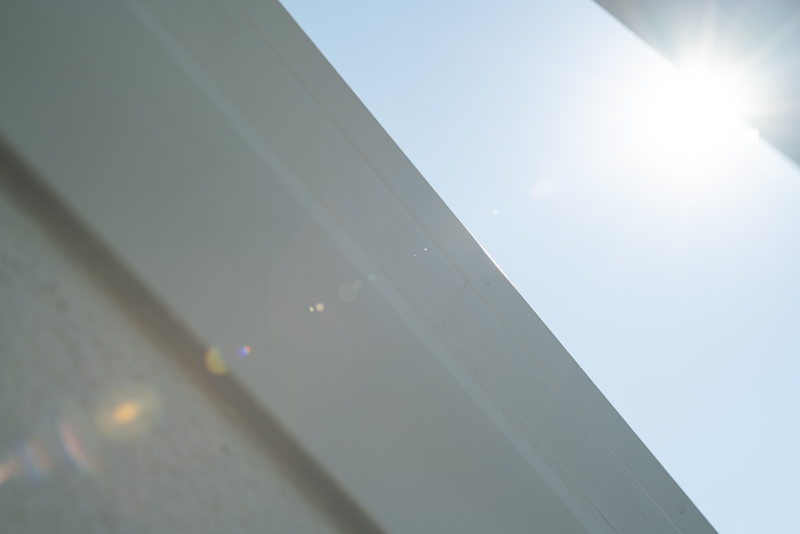
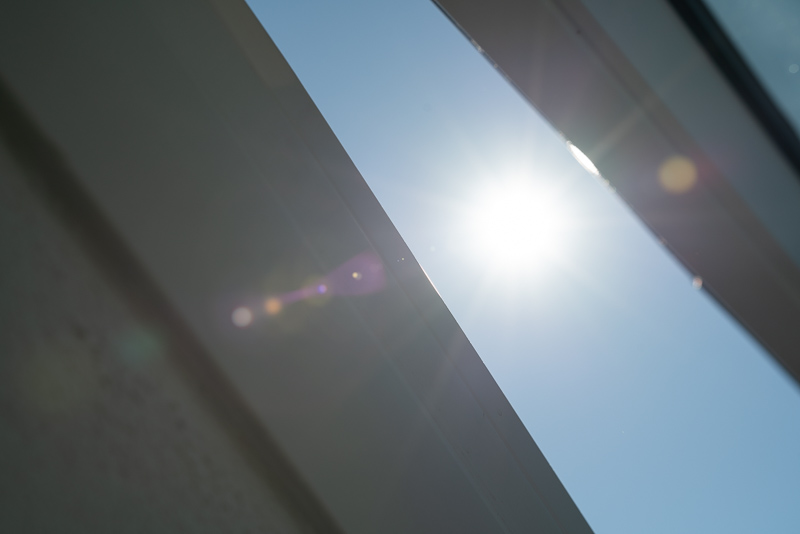
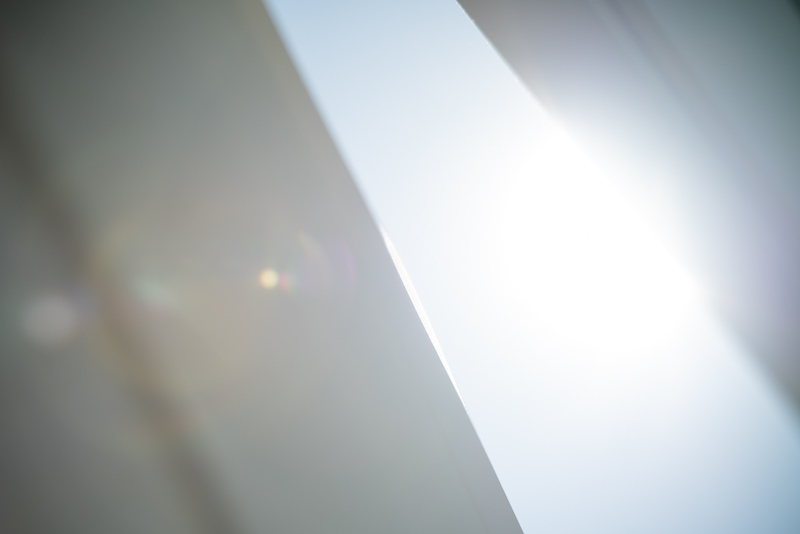
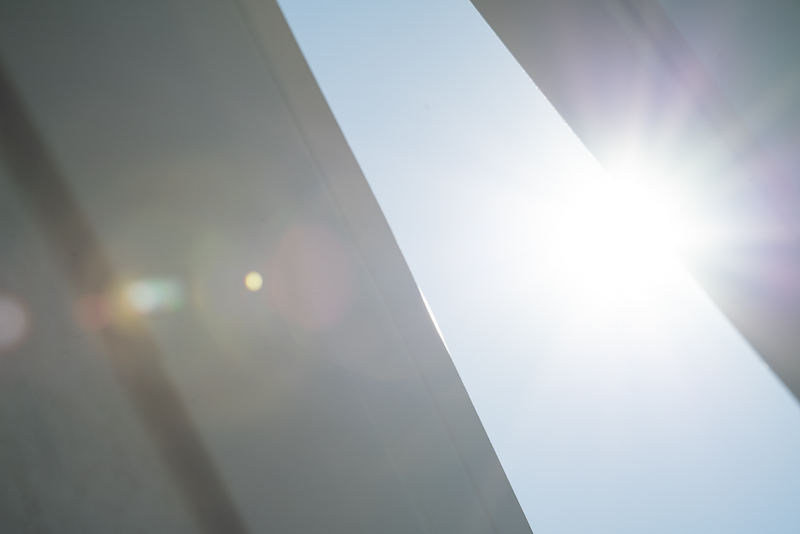

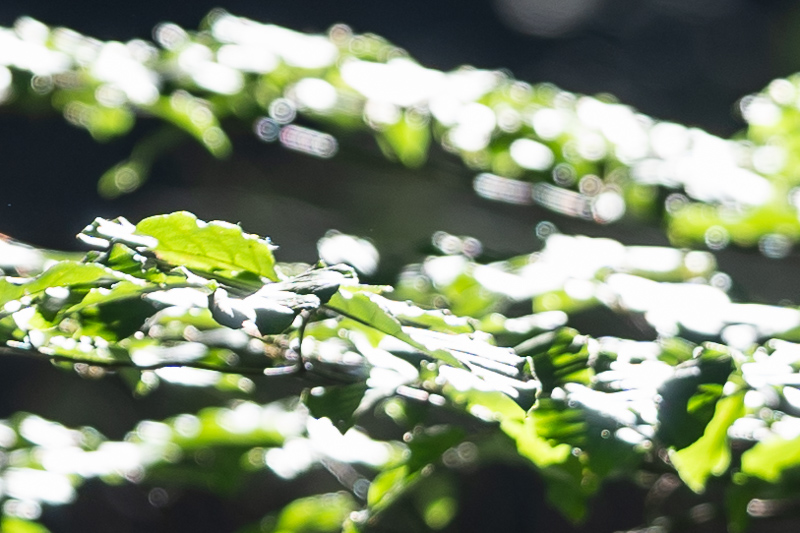


I would like to note the inability to use TCs as a definite disadvantage for Tamron. (In the meantime the Sony lenses do support the TCs.)
As an owner of G1 70-180, I’d only welcome the ability to turn it to 140-360/5.6 at a fraction of new lens price.
I don’t know whether 570e (currently the price of the SEL14TC) qualifies as “a fraction”. Though you may already possess it or the 2x of course. I would think everyone who owns the Sony tcs is already aware that third party lenses are not allowed to be compatible with them. But sure it can be considered a con, so can no tripod ring (though it can be argued that the lens is short and light enough for the camera to be on a tripod, provided no significant wind).
Cheers for the review, it does seem as if most reasonable criticism directed toward the original has been remedied. The price diff to the original is a bit higher in euro perhaps and higher still in SEK but then the Sony 70-200/4 II is more expensive.
Well, there were Tamron-branded TCs for other mounts, like EF or F, and of course those were cheaper than original ones: https://www.tamron.com/global/consumer/lenses/discontinued/telecon.html
Obviously, this limitation was artificially imposed by Sony, although it’s still a limitation worth considering while making a choice between Sony and Tamron telephoto lenses.
Great review.
Indeed i actually consider to by this and replace my old 24-240 Sony. Having a17-28 Tamron and a 55@1.8 Zeiss/Sony this would be a perfect match without the optical drawbacks the 24-240 has.
But the 35-150 seems also to be a good alternative.
Do you have any points why the 70-180 GII would be better than the 35-150 if price and weight isn’t the main factor of that decision?
Best regards
Torsten
I didn’t think of the 35-150mm 2.0-2.8 as an alternative, but they are not that far apart in terms of weight and price (at least in the EU…) as I would have expected.
I think there are mostly minor differences, but they may add up to make one prefer the 70-180mm lens (30mm longer, better magnification, built-in VC, maybe better CA correction, Tamron’s typical 67mm filter thread),
but as a one lens solution of course the 35-150mm is more appealing.
I think I will also add it to the alternatives section.
Thanks for your thoughts here. Indeed, the price difference ist not that big and if needed it could also replace the 55@1.8.
Not an easy choice 🙂
Actually, at some point I replaced the 24-240 to 17-28 + 55 + 70-180. Of course, the quality boost was really impressive, and with 70-180 it’s possible to shoot indoors, which isn’t really true with 24-240.
Nevertheless, the need for all-in-one lens didn’t simply disappear, so I’ve purchased a separate A6500 body with E18-135, which is used quite extensively as well! In fact, the resulting quality is comparable to that of 24-240.
Hi Vladimir, you have nearly the same Setup like me.
17-28 + 55 and also the 24-240.
I also consider to buy the 70-180 or the 35-150 and sell the 24-240.
If you wouldn’t own the 70-180 what would you buy today?
I find the 35-150 more versatile at all…
Thx so much for this great review. May I ask whether this is the lens type which is used as the Nikon Z lens? Thx! is
No, the old one is used as Nikon Z lens.
The Nikon version accepts Nikons own TCs and AF work at MFD.
Another interesting review Bastian, thanks! How would you rate the optical stabilization in this lens, especially at the long end, compared to IBIS or other similar stabilized lenses you may have tried? What I’m actually curious about is – at what speeds would I be able to shoot this lens handheld with good to excellent results (disregarding the fact that some of us have steadier hands than others of course).
Although with stabilized lenses I always have an extra worry, yet another part that can die relatively soon and become a paper weight inside a lens. Still, at 180mm we all kinda need it.
By my experience above 85mm in-lens-stabilization is usually more effective.
I did not run a test with hundreds of pictures though 🙂
Is the camera Steadyshot setting automatically set to off when a native third party lens with stabilization is connected? I can’t think of one where there’s a physical button on the lens for the stabilization. On a Sony lens with a Steadyshot button it dictates what the camera Steadyshot setting will be (the same mode).
I wonder if it behaves the same with this lens or whether it is inversed (Steadyshot in camera is automatically set to off when this lens is connected) or if the camera setting is toggleable (just like when any lens with no stabilization is attached)
Like with all native lenses I am aware of IBIS and in lens stabilization (OSS/VC/OS) work together and cannot be turned on or off separately.
Thanks, makes sense.
How much benefit is there with the optical image stabilization versus the old version that relies on in body image stabilization? Didn’t you test that? It probably depends a bit on the camera body, but it would be interesting to know how important the VC is in practice.
It depends on the camera, the photographer, the motive (would need to be repeatable), I would have needed to have both lenses at the same time (which I didn’t/don’t) and I would have to take hundreds if not thousands of pictures to evaluate.
My life is too short to do that, only to figure out at the end if we are talking 0.7 or 1.5 stop advantage.
Okay, I understand your answer as that you estimate the benefit of the optical stabilization to be around 1 stop (0.7 – 1.5) compared to the original version that fully relies on IBIS. That’s enough answer to me.
Thank you very much, I’ve been waiting for this review! Wonderful lens, as I expected, maybe even more than I expected 🙂
…And the decision would be so easy now if not for Sigma’s last announcement. Now I am waiting for Sigma 70-200/2.8, I suppose it will be shipped to markets this Autumn. I will buy Tamron or Sigma, definitely not Sony (to expensive for me). We will have a choice at least.
Same here. Lets wait and see what the Sigma has to offer. The Sony options are for me, and in this focal range, to expensive. On the FX6 we need some OSS/IS.
Being that G1 is going for roughly $700-800 for good used copies, do feel the value of the new features (in this case for kids of teenage years playing indoor sports) make the improvements worth the additional cost of G2 vs G1?
For me yes, because I badly missed any buttons on the old one.
Not sure if that is the case for you, too.
I rarely (if ever) used the buttons on my other lenses that had them so I guess I would not miss them. My main photography use is for hobbyist purposes and of my family (teenagers now) and family vacations. So I think I just answered my own question…
Lovely pictures and a nice review. I understand if you didn’t have the V1 on hand to compare with the V2 directly but I think this review could have been much better with it and could have used a few picture comparisons.
I’m highly interested to see what the optical difference is, especially in terms of bokeh rendition and sharpness between the older and newer version. Besides the handling, image stabilization and build quality, for me most important is the picture quality and price ratio. The newer lens is quite a bit more expensive and I wonder if the V1 may still be the better value proposition.
The speculation that longer focal lengths produce less defined sunstars is incorrect. Zoom lenses with rounded aperture blades at their longer focal lengths do indeed produce less defined sunstars, but even a zoom lens like the old SIGMA APO 150-500mm f/5-6.3, with its straight-bladed iris, produces very defined sunstars at 500mm.
There are some examples of this on Flickr, e.g., https://www.flickr.com/photos/124733612@N05/44485653892/
Also, I personally don’t think the sunstars on this lens are defined enough for them to be considered in the “good” category, they should either be moved to the “average” category, or seeing as their appraisal is entirely subjective, left off the conclusion table instead.
Hi, I had the old 70-200 f4 G OSS, my copy was good, both in sharpness and autofocus.
the last year I have tried two copies (in different moment) of tamron 70-180 f/2.8 in sport shooting with my a7r3. (subjet that run towards me).
Shots made with 70-200 f4 G OSS were better and in focus, but shots made with tamron not good.
for non sports/tracking shot the tamron was good.
It’s strange cause i owned a tamron 150-500 f/5-6.3 that has very very good af.
So.. I’d like the 70-180 g2 but, I’m worried about af performance.
I ‘ll probably (but not sure, cause the price is high)go with sony GM2, but is a waste of money for me cause i don’t work with photo, it’s only an hobby.
I like Gm2 also because i (in the future, it cost a lot) i can use tc 1.4x teleconverter.
It’s very lightweight and well balanced in hand. It seems to have my old 70-200 f4 .
I’ll wait also the sigma sports that will be released probably in december.
Hope to try the new tamron too
Informative review, as always!
I am torn between this lens and the Sony 135mm GM, though I know they are entirely different beasts.
Thanks, and I am looking forward to more of your thoughts about lenses, especially for the E-mount.
I can actually understand to be torn between these lenses.
The 135mm 1.8 is not that much shorter while being faster and probably offering more reliable AF.
Hi BastianK,
I purchased the lens but that custom switch gives me hard time. Can you elaborate how did you set up yours and how do you use it in practice? I thought it can be used to turn off VC unit but this one is permanently on. Is there a option to disable VC at all?
To disable the VC you need to turn off the stabilizer in the camera.
You cannot map this to a lens button.
Thank you.
I had the first version…brilliant lens then decided to upgrade to the mark 2. I am not happy with because the IS is making some images look mushy…I have emailed Tamron with this issue and also the shop where I purchased based it from…